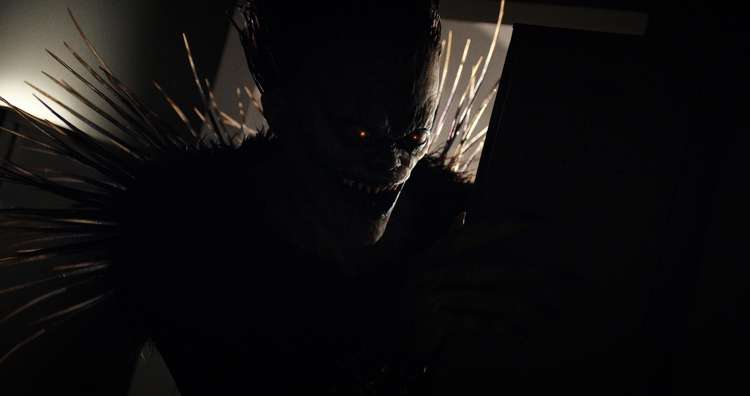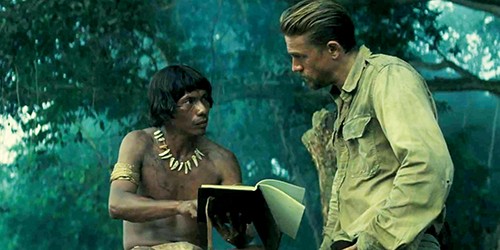Death Note had taken the anime
world by storm when it released way back in 2003. Quickly gaining a cult
following, and a massive approval rating of nearly 99% on nearly every review
aggregator website, it was about time a film adaptation was made, and if its to
gain international viewership, who better than America to produce it, and who
better than Netflix to distribute it? And who better than a seasoned viewer to
<YAWN> through the entire thing? Yeah, you get my drift.
Borrowing from the original story
of the Manga/anime series, a genius high school student and recluse by the name
of Light Turner finds a book titled ‘Death Note’ dropped by Ryuk, a Shinimagi (Japanese
demon of death) with which one can kill anyone on the planet by just writing
his name and mode of death on the book. Having misguided yet seemingly noble
intentions, Light adopts the identity of Kira, and goes on a murderous spree,
killing everyone and anyone he deems to be ill-fitted to exist in society,
safely from the comfort of his desk. He enjoys his anonymity for some time, until
an enigmatic detective ‘L’ takes up the challenge of revealing Kira’s true
identity.
 |
| The original Death Note manga |
| Nat Wolff as Light Turner |
Nat Wolff, known for his
performances in Paper Towns and The Fault in Our Stars plays the angsty teen,
Light Turner. Where playing a good-natured, normally behaving boy seemed right
up his alley, playing a self-righteous murderer doesn’t. Most of his
performance is plastic, and he seems like the stereotypical weak teenager who’s
angry at his father, gets beat up by bullies, and speaks at a flat single scale
unless acting out, and there’s a LOT of acting out. Weird, random acting out.
Rather than the genius his character was supposed to look like, he comes off
more as a meticulous, socially awkward boy trying to find kicks in murder.
 |
| Ryuk, voiced by Willem Dafoe |
Willem Dafoe voices Ryuk, the
Shinimagi who is the antagonist of the film and the series. A bored demon of
death, he passes on his notebook to anyone and merely enjoys the show. Dafoe is
probably my favourite choice for a negative character – the man’s voice has
this natural creepy touch, it couldn’t work more perfectly. And he was the only
redeeming factor in the character of Ryuk, a cheap CGI rendition of the
original saga’s primary villain, who turns out to be more of a Sesame Street
stock character, than the demon apathetic to any concerns of man and his world.
One aspect the film does fine is
its cinematography and establishing the mystique around the detective ‘L’
played by Keith Stanfield, who appeared last in the Jordan Peele-directed film ‘Get
Out’. He does fine. Just fine.
Verdict: 1  and a ½
and a ½  / 5 toots of
the bugle
/ 5 toots of
the bugle
You don’t need a Death Note to be
able to passively kill someone. Show them this movie, and boredom will do it.












